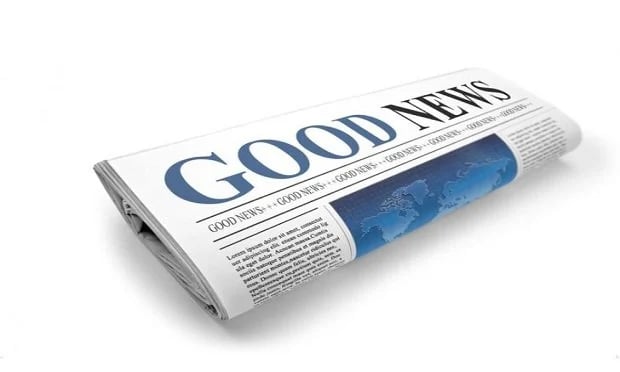I.I.I. Projects 8 Percent Homeowners Rate Rise
NU Online News Service, Sept. 9, 3 :14 p.m. EDT
This projected rise means the average cost for home insurance nationwide in 2004 would be $615, a jump of $46 for the average homeowner, I.I.I. said.
Part of this projected increase reflects the rising construction and home improvement costs--the "choices more homeowners are making," explained Robert Hartwig, I.I.I.'s senior economist.
Recommended For You
Want to continue reading?
Become a Free PropertyCasualty360 Digital Reader
Your access to unlimited PropertyCasualty360 content isn’t changing.
Once you are an ALM digital member, you’ll receive:
- Breaking insurance news and analysis, on-site and via our newsletters and custom alerts
- Weekly Insurance Speak podcast featuring exclusive interviews with industry leaders
- Educational webcasts, white papers, and ebooks from industry thought leaders
- Critical converage of the employee benefits and financial advisory markets on our other ALM sites, BenefitsPRO and ThinkAdvisor
Already have an account? Sign In Now
© Touchpoint Markets, All Rights Reserved. Request academic re-use from www.copyright.com. All other uses, submit a request to [email protected]. For more inforrmation visit Asset & Logo Licensing.







